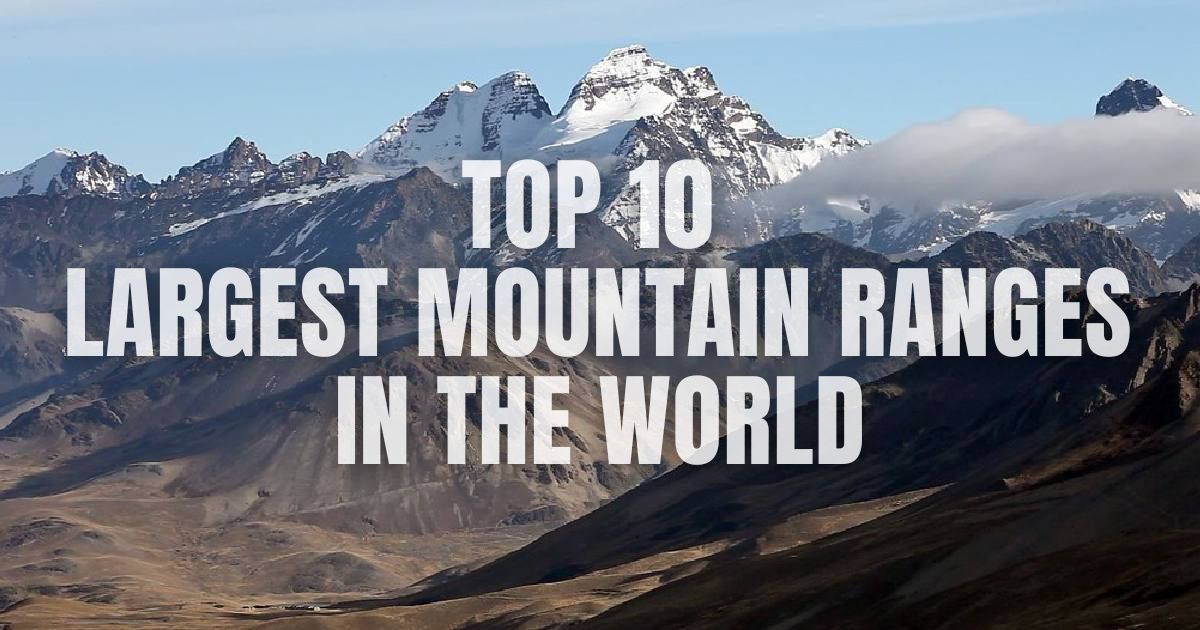The world’s largest mountain ranges are awe-inspiring natural formations that not only shape the landscape but also influence the climate, culture, and biodiversity of their regions. From the majestic Rocky Mountains to the formidable Andes, each range has its own unique story and significance. In this comprehensive exploration, we’ll delve into the ten largest mountain ranges in the world, each a testament to the power and beauty of nature. Whether you’re fascinated by the highest peak or the longest mountain range, this journey will uncover the wonders of these major mountain ranges.
10. Appalachian Mountains
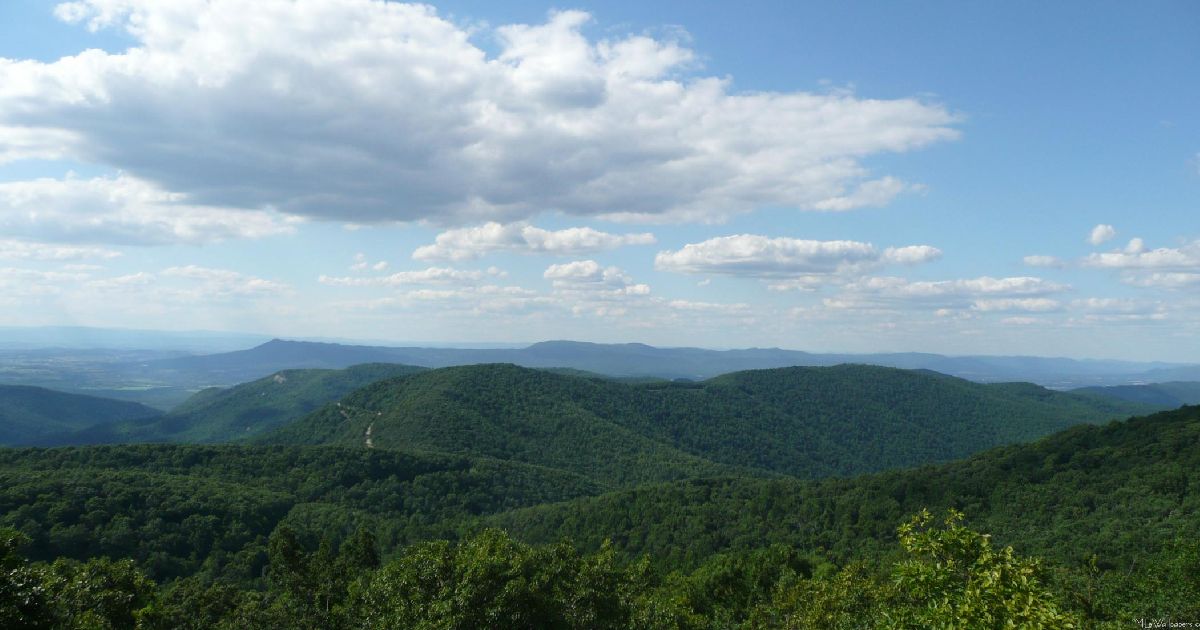
- Approximate Length: 2,414 kilometers (1,500 miles)
- Location: United States, Canada
- Key Feature: Rich history and diverse ecosystems
The Appalachian Mountains stretch over 2,414 kilometers, making them one of the oldest and most geologically complex mountain ranges in the world. Spanning from Newfoundland in Canada to Central Alabama in the United States, these mountains have played a significant role in the history and development of the region. They are particularly famous for their stunning fall foliage, picturesque landscapes, and the Appalachian Trail, which is one of the longest continuous hiking trails in the world.
These mountains boast a rich history, having witnessed the early human settlements in North America and serving as a significant cultural and economic region. The Appalachians are home to a variety of ecosystems, ranging from dense forests to unique wetlands, providing habitats for countless species of plants and animals. The range’s natural beauty and biodiversity make it a popular destination for outdoor enthusiasts, offering activities such as hiking, camping, and wildlife watching.
9. Ural Mountains
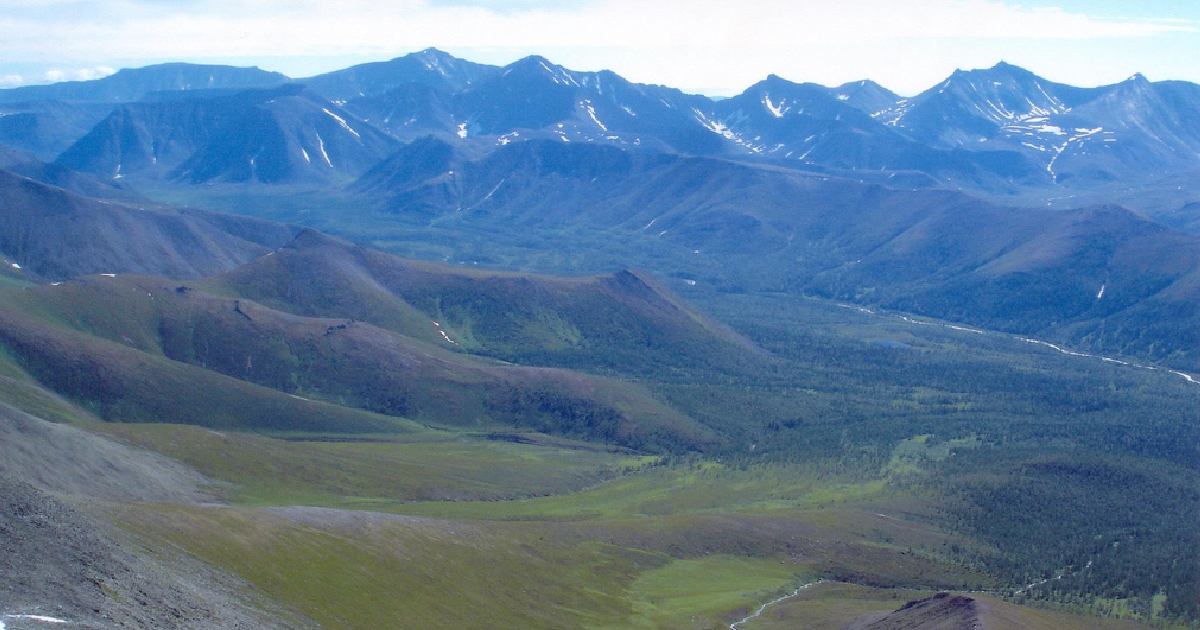
- Approximate Length: 2,500 kilometers (1,553 miles)
- Location: Russia & Kazakhstan
- Key Feature: Natural boundary between Europe and Asia
The Ural Mountains extend approximately 2,500 kilometers through Russia from the Arctic Ocean to the Ural River and northwestern Kazakhstan. This ancient range serves as a natural boundary between Europe and Asia, making it geographically and culturally significant. The Urals are rich in minerals, including precious metals, making them a critical source of mineral wealth for Russia.
The scenic beauty of the Ural Mountains is characterized by dense forests, clear rivers, and rolling hills. This picturesque landscape offers a variety of outdoor activities, such as hiking, skiing, and mountaineering. The region is also rich in history, with numerous ancient settlements and historical sites, making it a fascinating destination for those interested in both natural beauty and cultural heritage.
8. Atlas Mountains
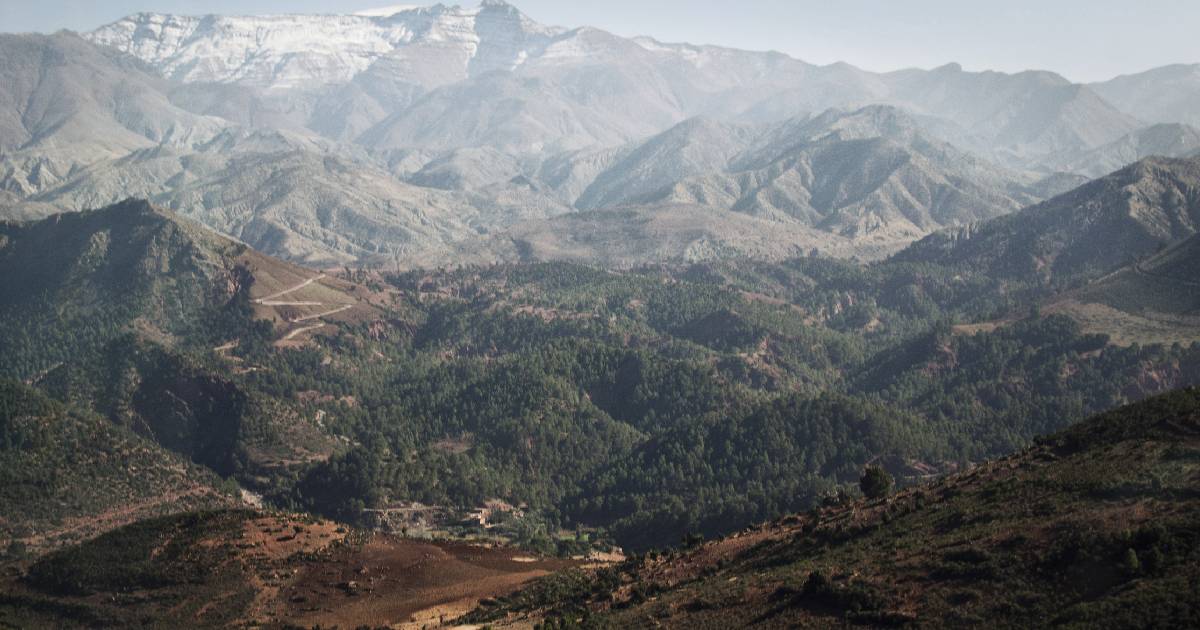
- Approximate Length: 2,500 kilometers (1,553 miles)
- Location: Morocco, Algeria, and Tunisia
- Key Feature: Rich biodiversity and Berber culture
The Atlas Mountains, stretching around 2,500 kilometers across Morocco, Algeria, and Tunisia, are a prominent feature of North Africa. They act as a natural barrier between the Mediterranean and Atlantic coastlines and the Sahara Desert. This range is renowned for its rich biodiversity, scenic landscapes, and the unique cultures of the Berber people who have lived there for centuries.
The Atlas Mountains are a haven for outdoor enthusiasts, offering opportunities for trekking, rock climbing, and wildlife watching. The range’s diverse ecosystems, from lush forests to arid deserts, are home to many rare and endangered species. The cultural heritage of the Berber people adds a unique charm to the region, with their traditional music, crafts, and cuisine offering a glimpse into a rich and vibrant history.
7. Alps
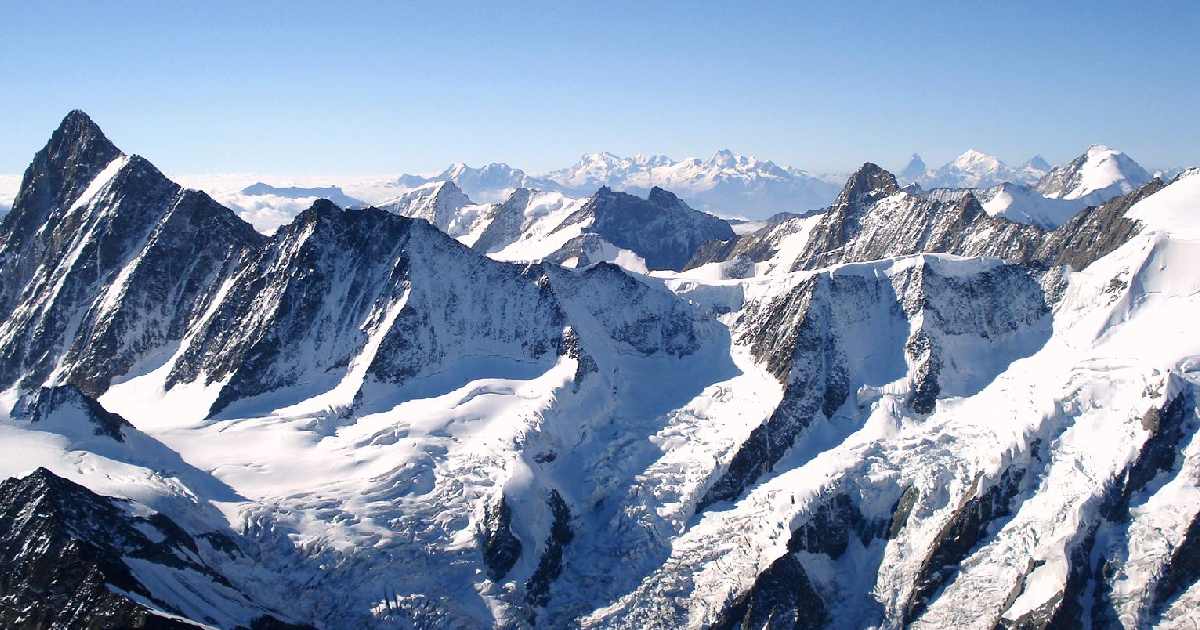
- Approximate Length: 1,200 kilometers (750 miles)
- Location: France, Switzerland, Italy, Monaco, Liechtenstein, Austria, Germany, and Slovenia
- Key Feature: Stunning landscapes and popular tourist destination
The Alps are Europe’s most extensive and highest mountain range system, stretching approximately 1,200 kilometers across eight countries. This iconic range is famous for its breathtaking landscapes, which attract millions of tourists every year for skiing, hiking, and mountaineering. The Alps play a vital role in Europe’s climate and hydrology, influencing weather patterns and serving as a major water source for many rivers.
The beauty of the Alps is matched by their cultural and historical significance. The region is dotted with charming villages and towns, offering visitors a taste of alpine culture and cuisine. The Alps are also home to diverse flora and fauna, making them a paradise for nature lovers. Whether you’re drawn to the bustling ski resorts or the serene hiking trails, the Alps offer something for everyone.
6. Hindu Kush

- Approximate Length: 800 kilometers (500 miles)
- Location: Afghanistan and Pakistan
- Key Feature: Historical trade route and challenging peaks
The Hindu Kush is a formidable mountain range in Central Asia, extending across Afghanistan and into northern Pakistan. Known for its rugged terrain and significant historical importance as a trade route between Central Asia and South Asia, the Hindu Kush has been a crucial part of the Silk Road. The range’s peaks and passes have challenged traders, armies, and adventurers for centuries.
The Hindu Kush is famous for its challenging peaks, attracting mountaineers from around the globe. The region’s harsh and remote landscape offers a unique and adventurous experience for trekkers and climbers. The range is also rich in cultural heritage, with many ancient sites and historical monuments scattered throughout the area. The blend of natural beauty and historical significance makes the Hindu Kush a fascinating destination.
5. Great Dividing Range
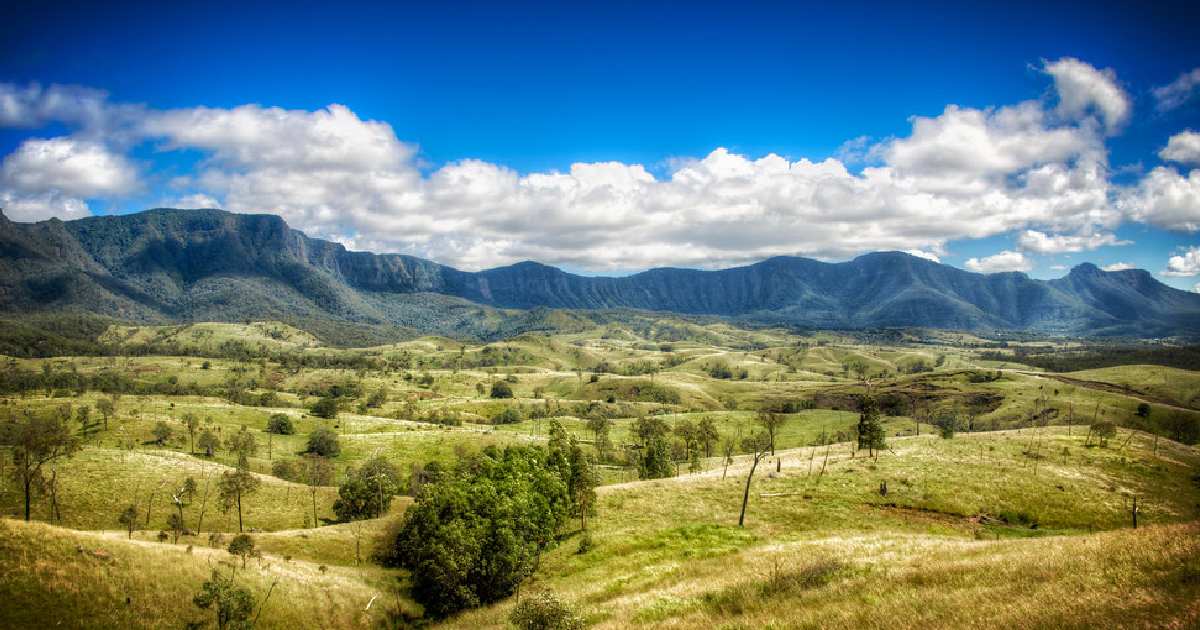
- Approximate Length: 3,500 kilometers (2,175 miles)
- Location: Australia
- Key Feature: Diverse ecosystems and significant river systems
Australia’s Great Dividing Range extends more than 3,500 kilometers, running the entire length of the eastern coastline. This extensive range forms a series of plateaus and upland areas and is the source of Australia’s major river systems, including the Murray and Darling rivers. The Great Dividing Range is known for its diverse ecosystems, from rainforests to snow-covered peaks.
The Great Dividing Range is a crucial part of Australia’s natural heritage, supporting a wide variety of flora and fauna. The range offers numerous recreational opportunities, including hiking, camping, and bird-watching. The area’s rich biodiversity and stunning landscapes make it a popular destination for nature enthusiasts. From the tropical rainforests of Queensland to the alpine regions of Victoria, the Great Dividing Range showcases the incredible diversity of Australia’s landscapes.
4. Transantarctic Mountains
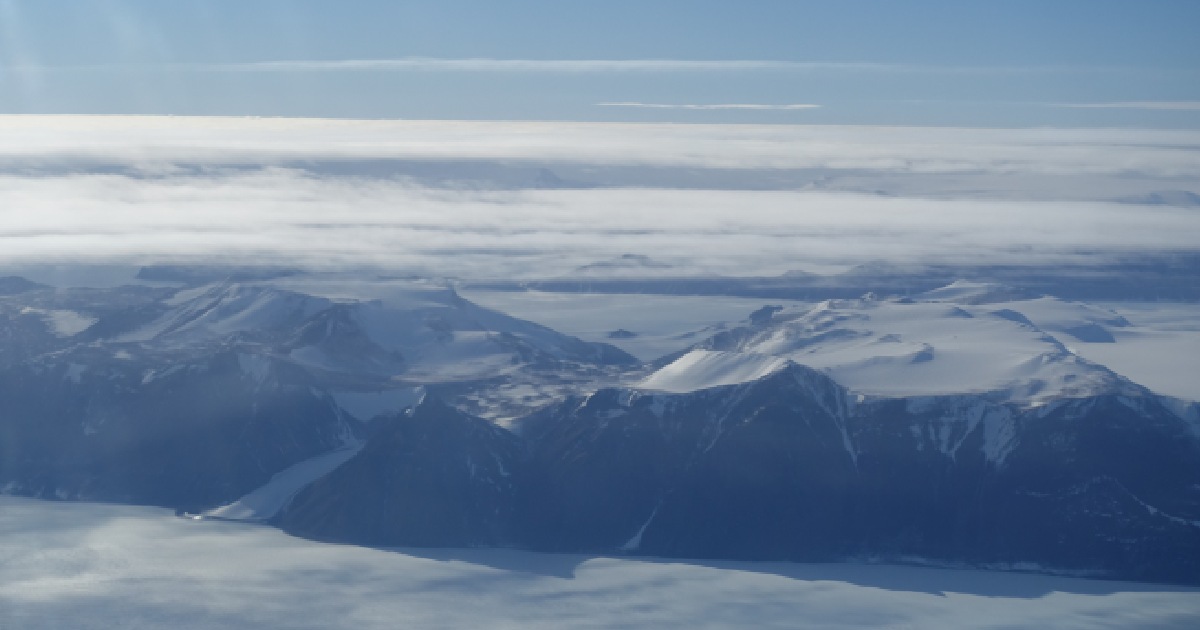
- Approximate Length: 3,500 kilometers (2,175 miles)
- Location: Antarctica
- Key Feature: Scientific research and high peaks
Spanning about 3,500 kilometers, the Transantarctic Mountains divide Antarctica into East and West Antarctica. They are one of the longest mountain ranges and contain some of the highest peaks in Antarctica, including Mount Kirkpatrick. The range is crucial for scientific research, offering insights into Earth’s history and climate change.
The Transantarctic Mountains are largely covered in ice and snow, presenting a challenging environment for exploration and study. Scientists from around the world conduct research in this remote and harsh landscape, studying the geological formations and ice cores to learn more about the planet’s past climate and environmental conditions. The range’s unique and pristine environment provides valuable data for understanding global climate patterns and the history of Earth’s geological processes.
3. Rocky Mountains
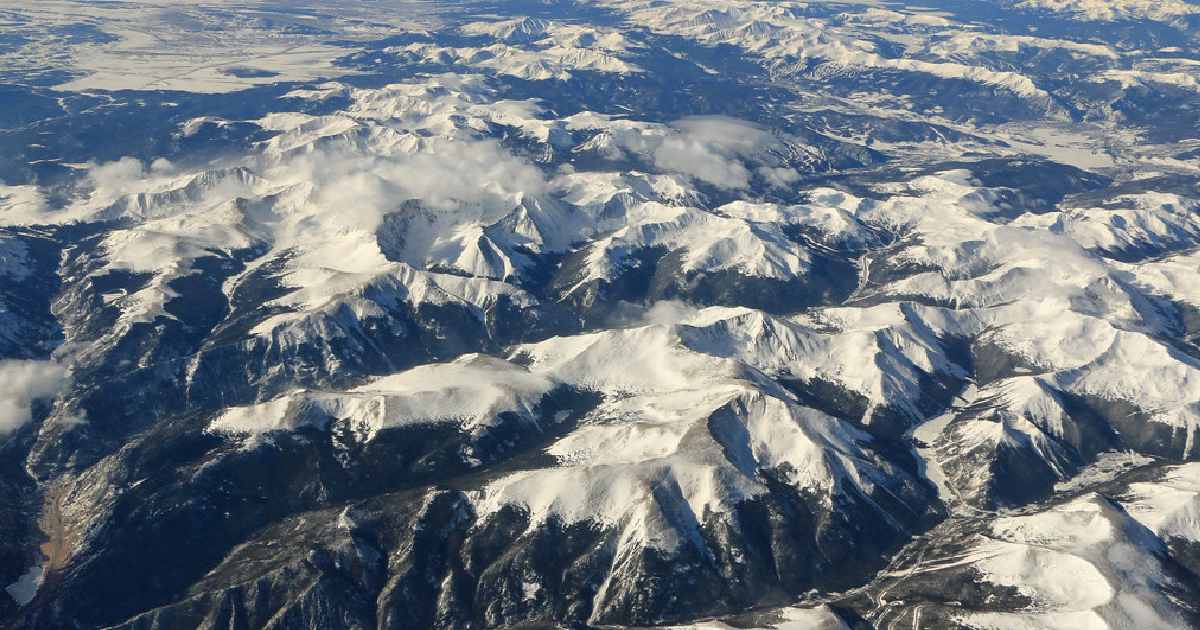
- Approximate Length: 4,800 kilometers (3,000 miles)
- Location: Canada and the United States
- Key Feature: Stunning natural beauty and diverse flora and fauna
The Rocky Mountains, also known as the Rocky Mountain Range, extend over 4,800 kilometers from the northernmost part of British Columbia in western Canada to New Mexico in the southwestern United States. Known for their stunning natural beauty, the Rockies offer dramatic landscapes, including towering peaks, alpine meadows, and crystal-clear lakes.
The Rockies are a major source of water for the surrounding regions, with numerous rivers originating from the range. The range supports a diverse array of flora and fauna, including iconic species such as grizzly bears, elk, and bald eagles. The Rockies are a paradise for outdoor enthusiasts, offering activities such as hiking, skiing, fishing, and wildlife watching. The range’s natural beauty and ecological significance make it one of the most cherished and visited mountain ranges in North America.
2. Southern Great Escarpment
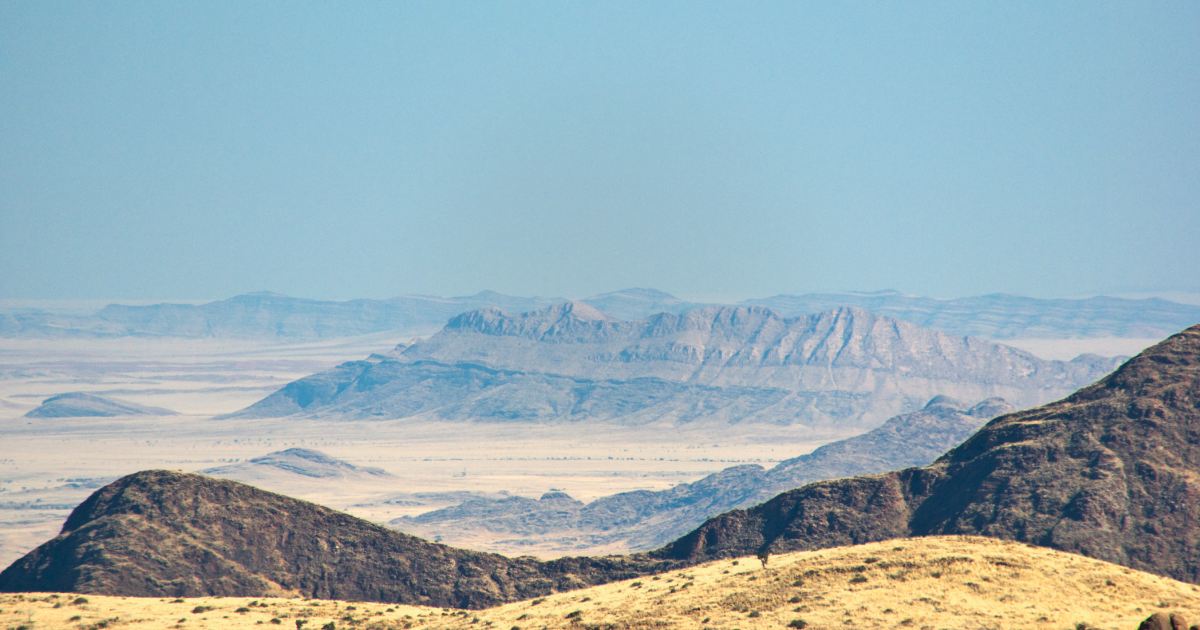
- Approximate Length: 5,000 kilometers (3,107 miles)
- Location: Southern Africa, including South Africa, Lesotho, Namibia, Angola
- Key Feature: Significant geological formation and diverse landscapes
The Southern Great Escarpment is a major geological formation in Southern Africa, extending approximately 5,000 kilometers. It forms a significant barrier separating the high central Southern African plateau from the lower coastal areas. This escarpment is not a continuous mountain range but a series of plateaus and cliffs, including the Drakensberg in South Africa. Distinct names are given to distinct parts of the Great Escarpment, the most well-known being the Drakensberg, South Africa’s highest mountain (11,424 feet above sea level).
The Southern Great Escarpment is known for its diverse landscapes, ranging from rugged mountains to lush valleys. The area is home to a wide variety of wildlife and plant species, making it a hotspot for biodiversity. The escarpment also offers numerous recreational opportunities, such as hiking, rock climbing, and bird watching. Its dramatic landscapes and ecological significance make it a key feature of Southern Africa’s natural heritage.
1. Andes
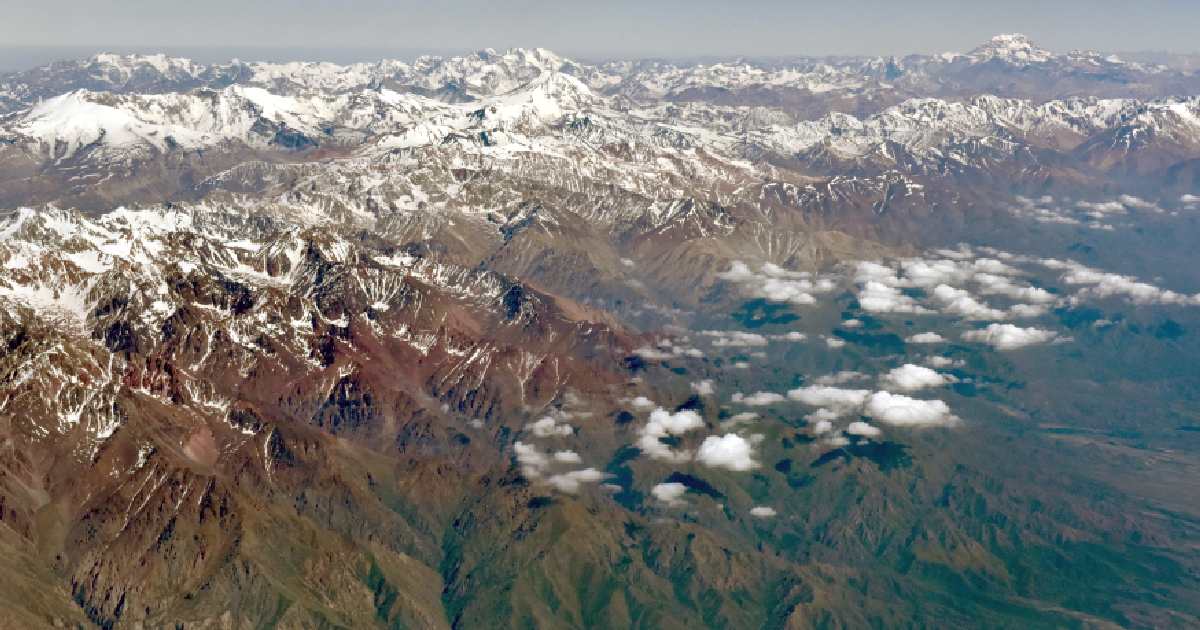
- Approximate Length: 7,000 kilometers (4,350 miles)
- Location: Venezuela, Colombia, Ecuador, Peru, Bolivia, Chile, Argentina
- Key Feature: Longest continental mountain range and highest peak outside Asia
The Andes is the longest continental mountain range in the world, stretching over 7,000 kilometers across seven South American countries: Venezuela, Colombia, Ecuador, Peru, Bolivia, Chile and Argentina. It is also the highest mountain range outside Asia, with Aconcagua at 6,960.8 meters (22,837 ft) being the highest peak. This massive range forms the western edge of South America and significantly influences the region’s climate and ecosystems.
The Andes mountains play an important role in the cultural and economic life of the region, influencing climate, agriculture, and biodiversity. The range is home to a wide variety of ecosystems, from tropical rainforests to arid deserts. The Andes also have a deep historical and cultural significance, with many ancient civilizations, such as the Inca, having thrived in this region. The Andes are not only the longest mountain range in South America but also a vital lifeline for the continent, providing water, resources, and fertile land for agriculture.
Conclusion
The world’s longest mountain ranges are not only spectacular natural wonders but also vital to the environment, culture, and economies of their regions. From the Appalachian Mountains in the eastern United States to the majestic Andes in South America, each range has its unique features and significance. Exploring these mountain ranges offers a glimpse into the incredible diversity and beauty of our planet, showcasing the wonders of nature that continue to inspire and awe us.
These major mountain ranges, whether it’s the Rocky Mountain Range or the Himalayan Mountain Range, play a crucial role in shaping the natural world. They provide habitats for countless species, influence weather patterns, and support human livelihoods. By appreciating and protecting these natural giants, we ensure that their beauty and benefits endure for generations to come.
Frequently Asked Questions (FAQs)
What mountain ranges are the largest in the world?
The largest mountain ranges in the world include the Andes, the longest continental mountain range, stretching over 7,000 kilometers across seven South American countries. Other major ranges are the Rocky Mountains in North America, the Transantarctic Mountains in Antarctica, the Great Dividing Range in Australia, and the Southern Great Escarpment in Southern Africa. These ranges are known for their extensive lengths, diverse ecosystems, and significant geological features.
What are the 5 highest mountain ranges?
The five highest mountain ranges in the world are:
- Himalayan Mountain Range: Home to Mount Everest, the highest peak at 8,848 meters (29,029 feet) above sea level.
- Karakoram Range: Contains K2, the second-highest peak at 8,611 meters (28,251 feet).
- Hindu Kush: Features peaks exceeding 7,000 meters, with Tirich Mir being the highest.
- Pamirs: Known as the “Roof of the World,” with peaks over 7,000 meters.
- Andes Mountains: Includes Aconcagua, the highest peak outside Asia at 6,960 meters (22,837 feet).
Are the Andes higher than the Rockies?
Yes, the Andes are higher than the Rockies. The Andes Mountains in South America feature Aconcagua, the highest peak outside Asia, reaching 6,960.8 meters (22,837 feet). In contrast, the highest peak in the Rocky Mountain Range is Mount Elbert in Colorado, which stands at 4,401 meters (14,440 feet). Thus, the Andes surpass the Rockies in elevation, making them the highest mountain range outside of Asia.
Are the Patagonia mountains part of the Andes?
Yes, the mountains in Patagonia are part of the Andes. The Patagonian Andes are the southernmost portion of the Andes mountain range, stretching through the southern parts of Chile and Argentina. This section of the Andes is known for its dramatic landscapes, including glaciers, fjords, and rugged peaks, contributing to the diverse and stunning geography of the Patagonian region.
What country owns the Andes mountains?
The Andes Mountains span seven South American countries: Venezuela, Colombia, Ecuador, Peru, Bolivia, Chile, and Argentina. No single country “owns” the Andes; instead, each of these nations shares a portion of this extensive mountain range. The Andes play a crucial role in the geography, climate, and culture of these countries, significantly influencing their natural and human environments.

